Guest writer: Anna Nilsson Spets
My daily bread is flowers, lots of flowers and so it has been 36 years now, I still love it. Every single day. Now don't think it's a glamorous job, it's anything but.
There is certainly life after Christmas for Christmas flowers. And there was a life before Christmas too. I think.
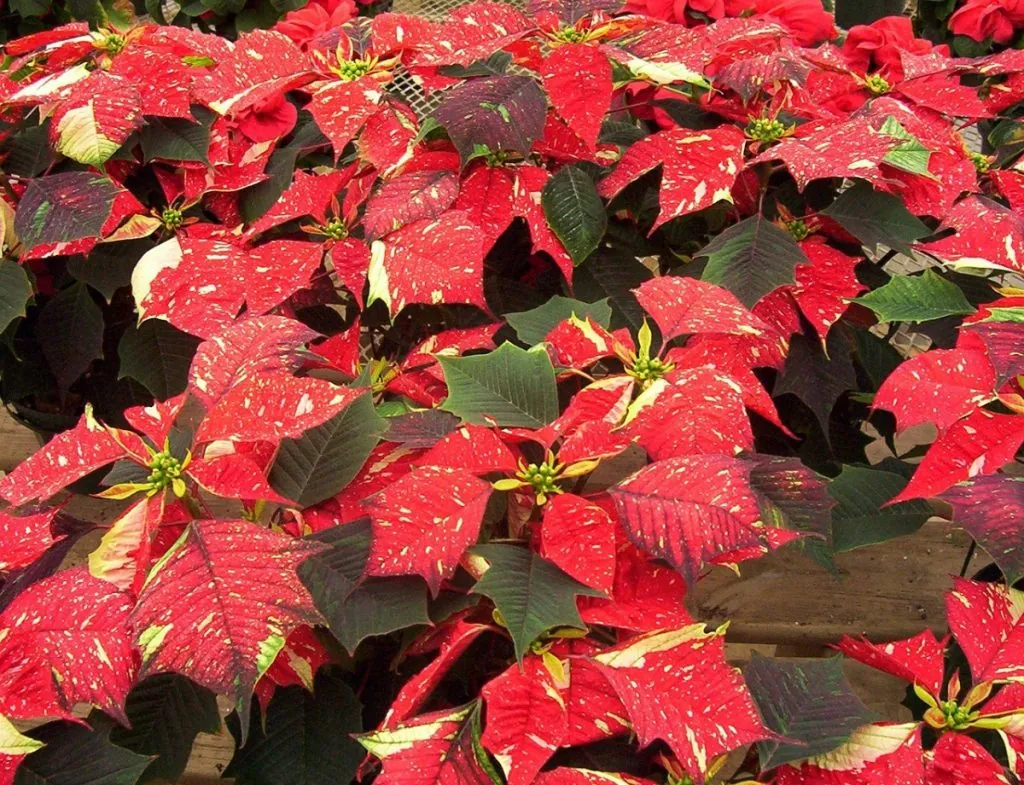
Poinsettia Euphorbia pulcherima (pulcherima means beautiful) is probably the most beloved Christmas flower of them all, but also the trickiest, a real drama queen. Like a fine lady, it hates cold and draughts, cold water and over-watering. This lady should be treated with care, warmth and light.
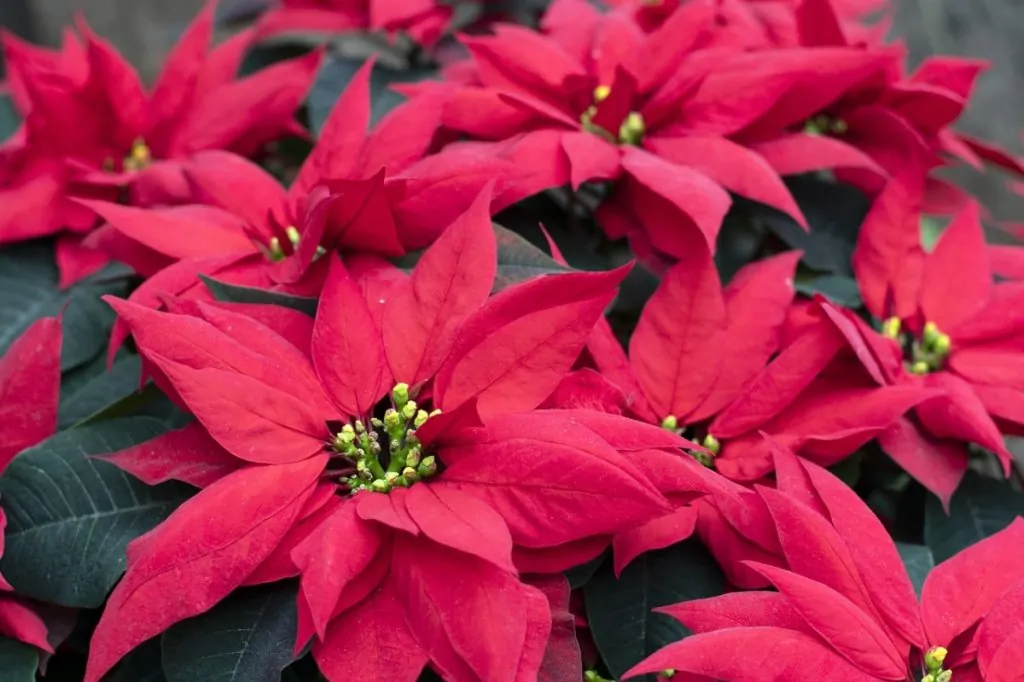
It has its roots (literally) in Mexico but also occurs in other warm countries, not as a houseplant but as large shrubs.
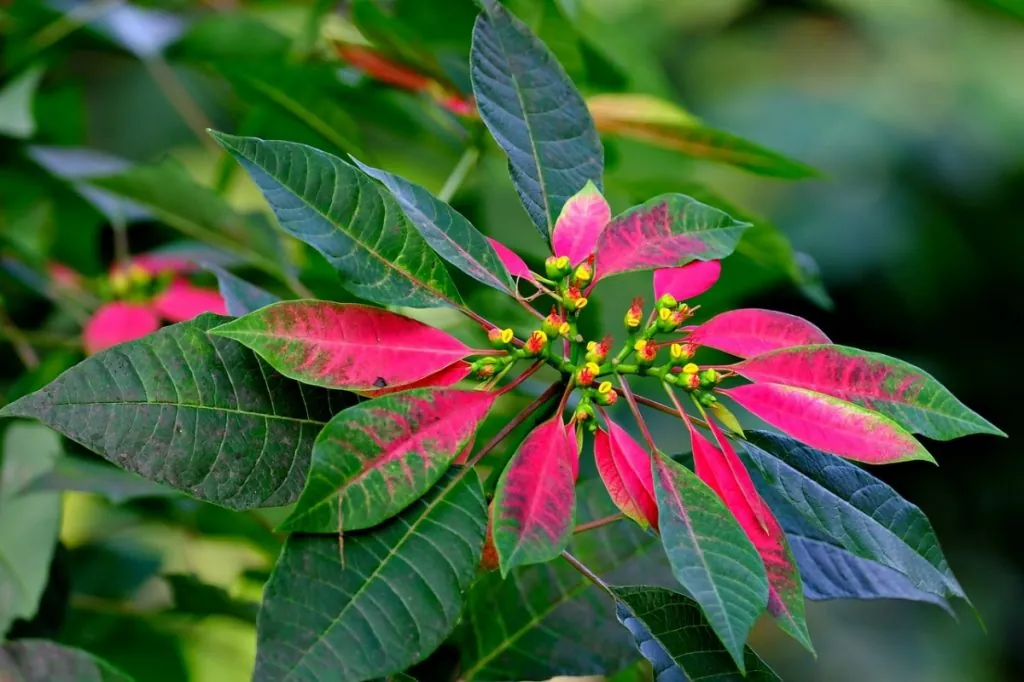
Among the Aztecs, the plant was highly revered and valued, used to decorate temples, extract dyes from the bracts and make anti-fever medicines from the sap. What you see in the picture are the flowers themselves.
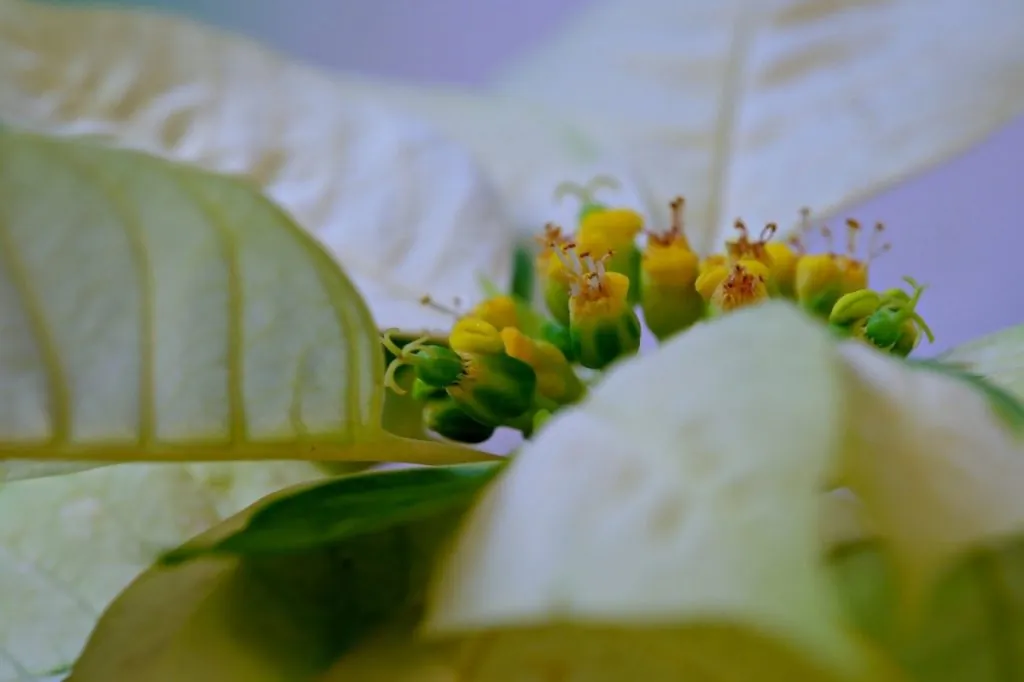
In Mexico, it is called 'Flores de la Noche Buena', the flower of the holy night, after a legend in which a poor girl courted the baby Jesus with some wild flowers. At the stable, poinsettias with magnificent red leaves grew up. A Christmas miracle.
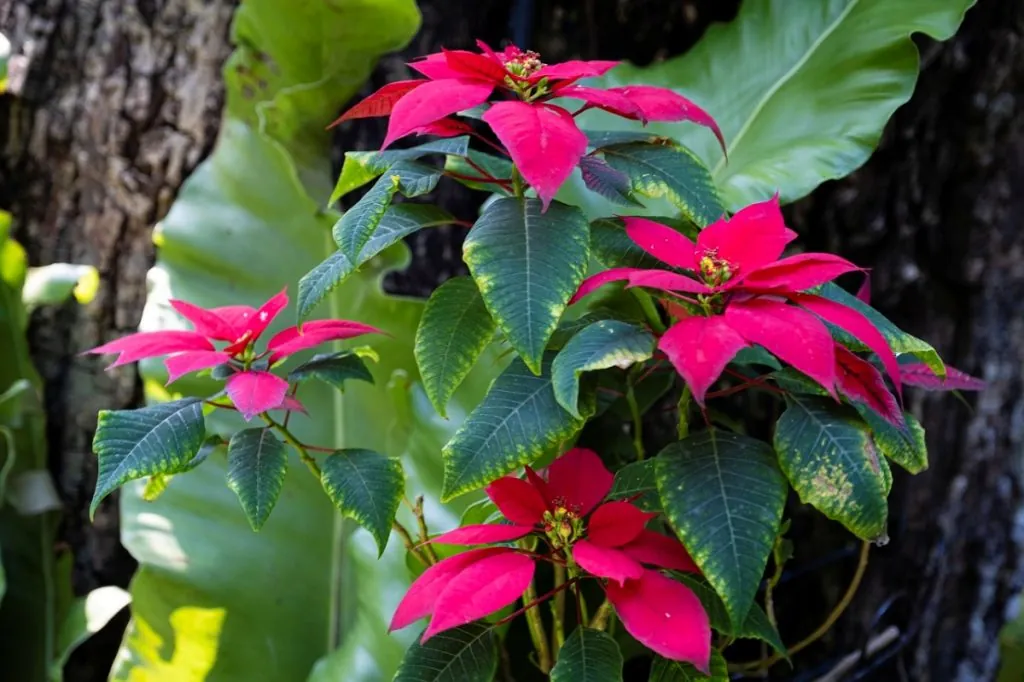
The poinsettia has become an annual companion in homes across Europe, having made its debut in the 1960s. Through processing, we can enjoy many beautiful colours and shapes.
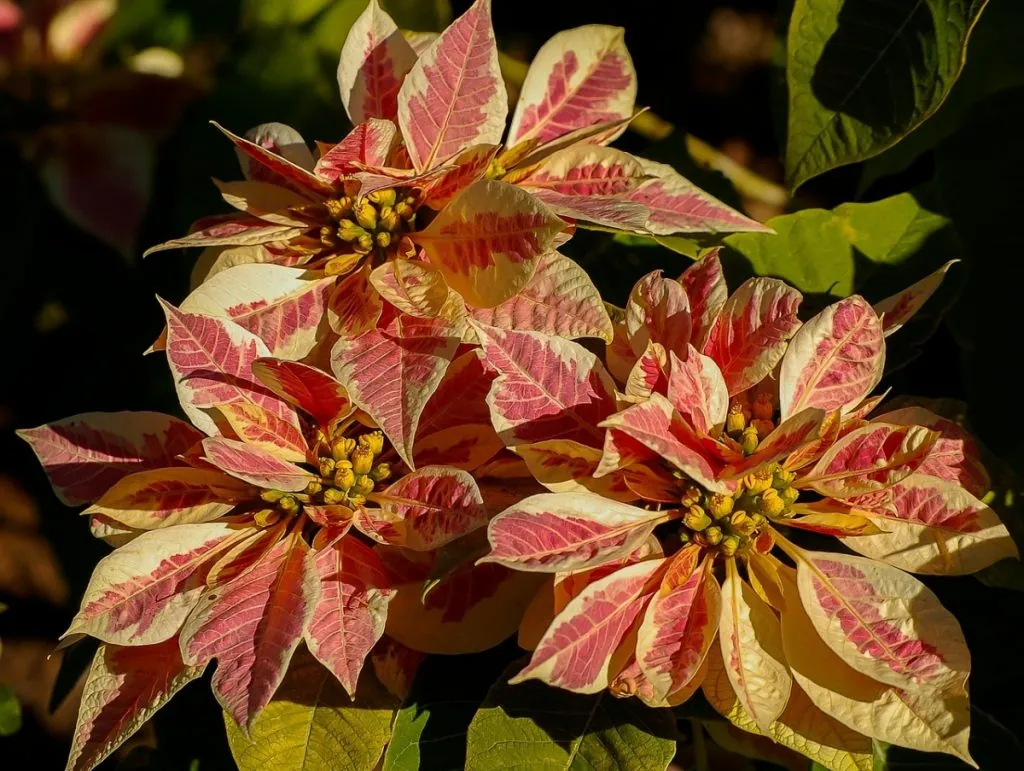
After Christmas, sure, save as a green plant but really red bracts (or other colours) are only obtained by a special artificial light treatment where the plant stands in darkness for a number of hours and in light ditto. Cut it back hard, keep it bright and warm and preferably outside in summer.
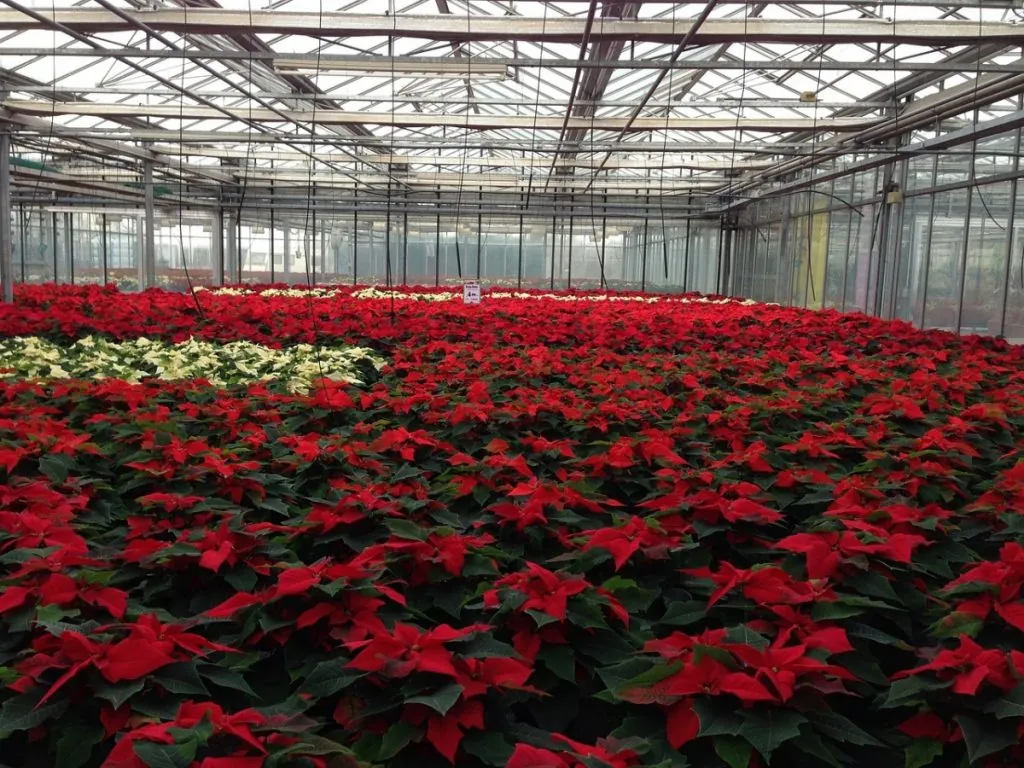
Hyacinths are associated with all the scents of Christmas, our mother always bought blue hyacinths for the Waldermarsudde pot, which were then placed on the table in the hall. The hall, yes, and the fine room, an area that was empty most of the year to be opened up at holidays. The photo is from the mid-70s.

After flowering, give a dose of water with nutrients, place in a cool, dark place until the frost has gone out of the soil and then plant them out. Don't expect great results the next time they flower, the stems will be a bit thin.
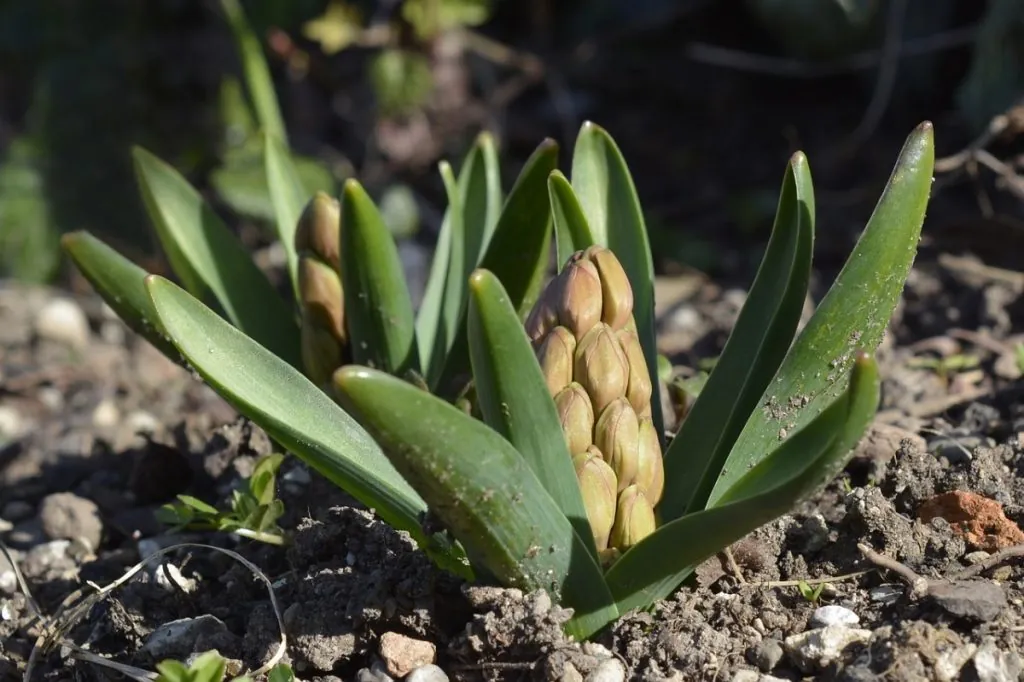
This bulbous plant originated in Turkey and Syria and found its way to Sweden in the 1960s. The original colour is blue but today there are several different colours, pale yellow and rich purple, while pink, blue and white are the most common.
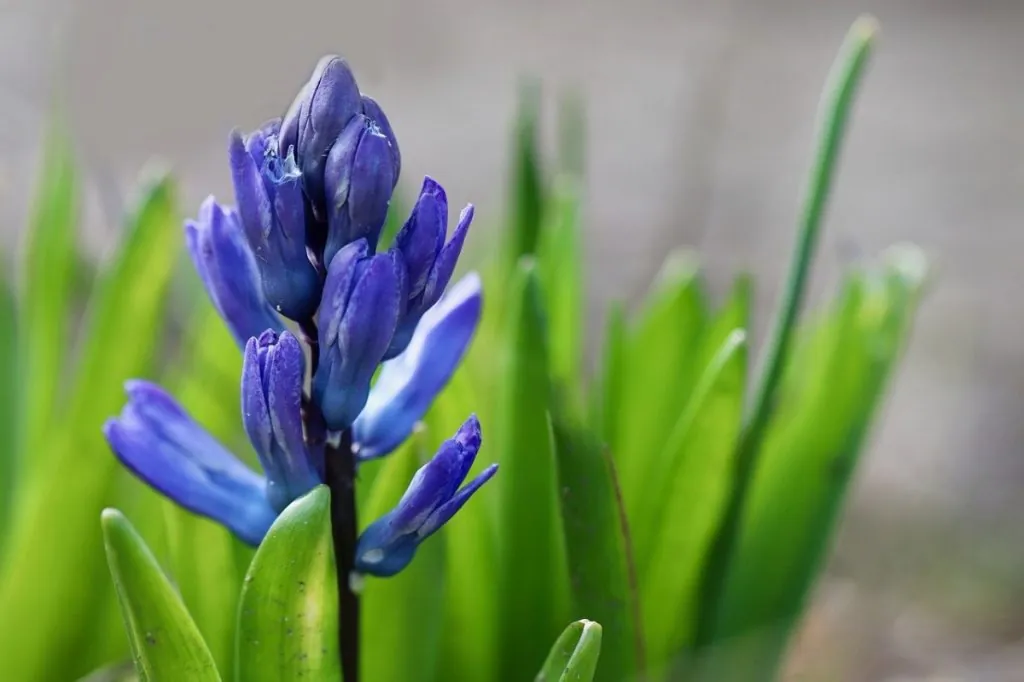
Greek mythology tells us that the name hyacinth derives from the god Hyacinthus who attracted two other gods, Apollo and Zephyrus. A jealousy drama took place and Hyacinthus was hit by a discus and died. Apollo created the hyacinth from Hyacinthus' blood.
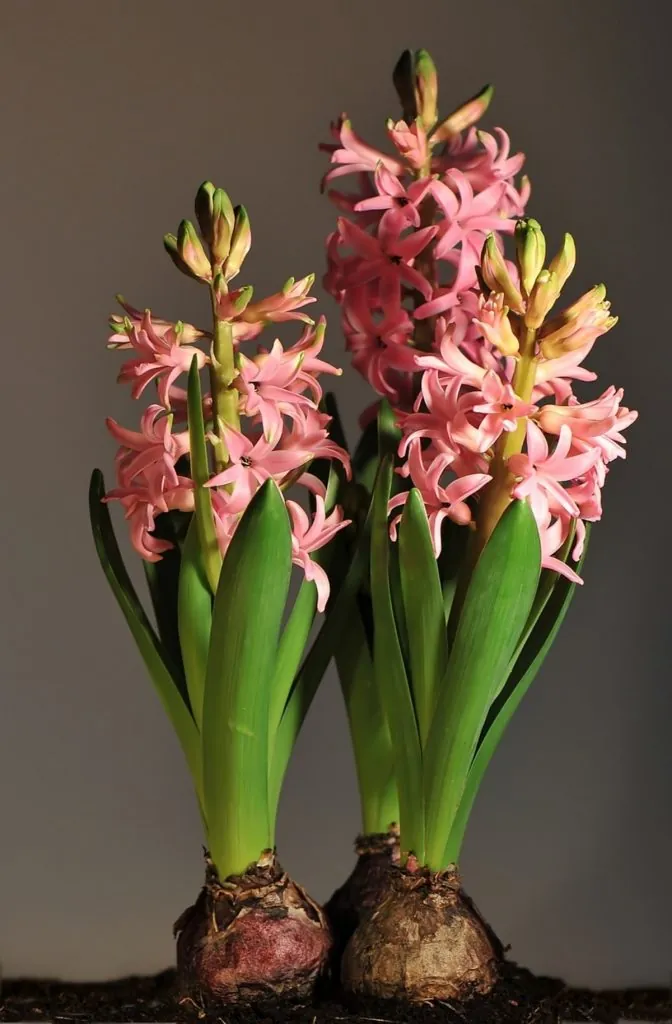
The hyacinth has a long history, dating back to ancient times. In 17th century Holland, it was almost as hysterically attractive as the tulip.
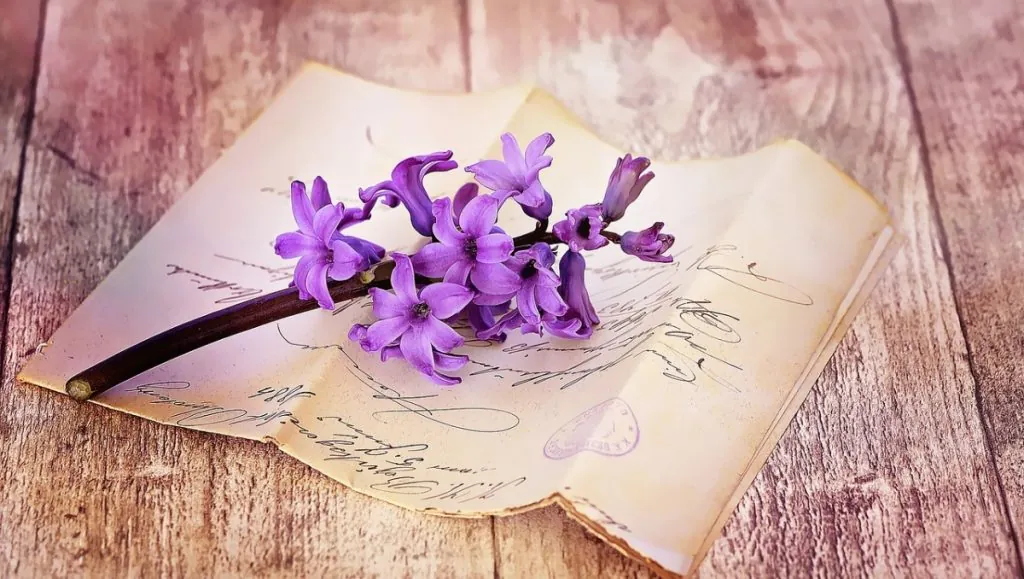
Amaryllis, the stately prima donna ...
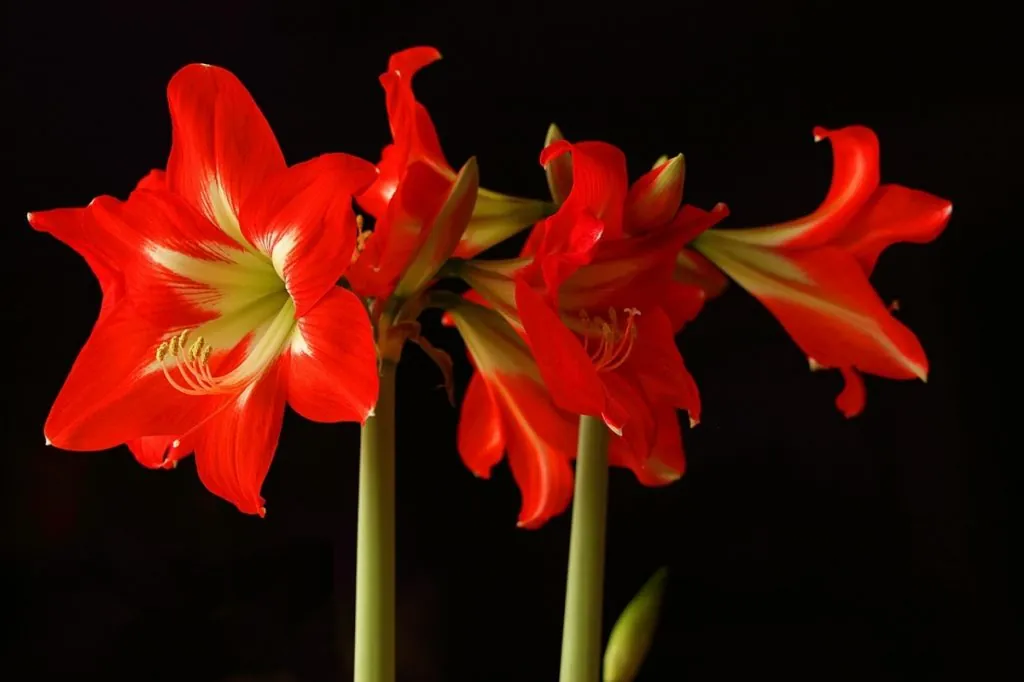
A bulbous plant that is definitely worth preserving. After flowering, the leaves come, then I give it a round of water with nutrition and let it wither down, put cool and dark and then do nothing more until 12 weeks before next Christmas.
New soil, the onion should be one third underground. Water through, place in a bright, warm spot and do not water again until the bud has grown over the edge of the onion. Voila, a new Christmas amaryllis. You can also plant out your onion, but then it will flower in spring-summer.
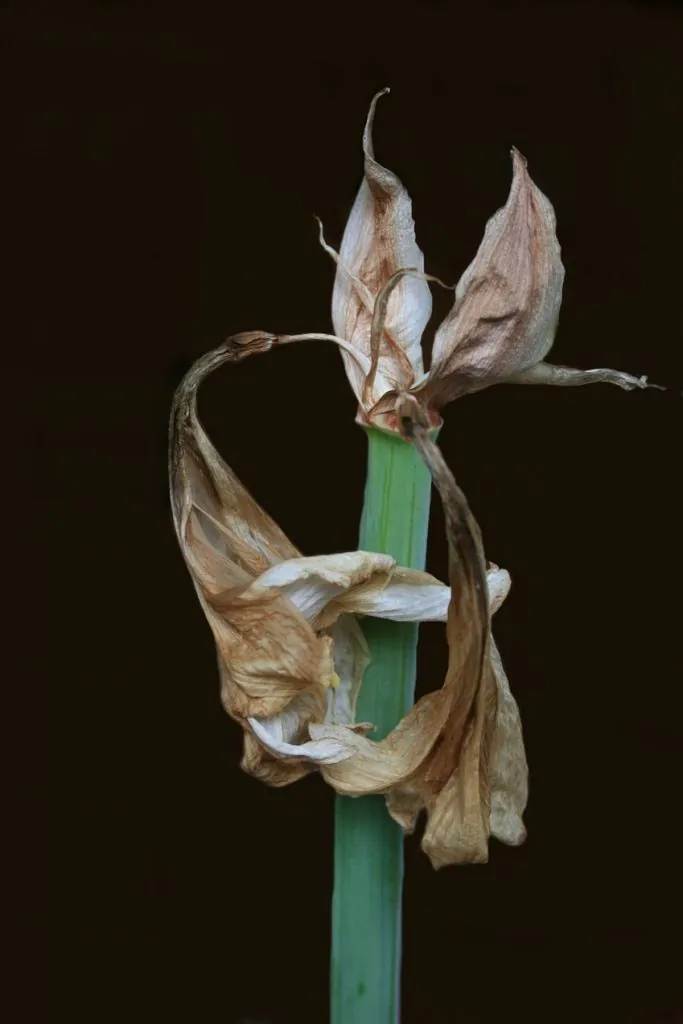
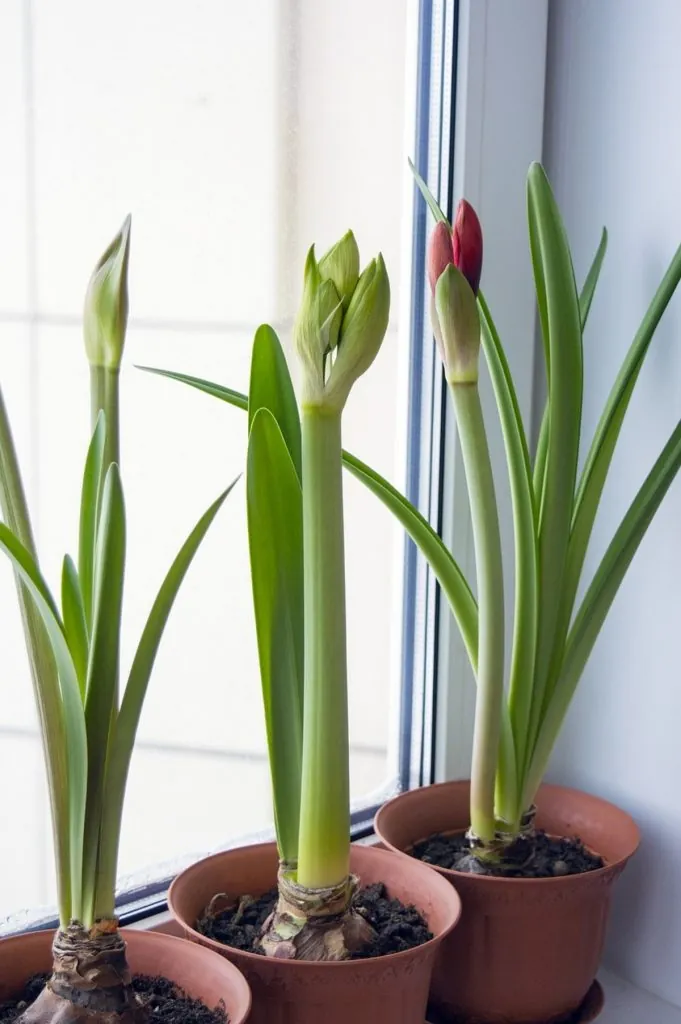
The botanical name of the amaryllis, Hippeastrum, means 'horsetail', the origin of which is uncertain. It originates from South America and there are many different varieties and hybrids, from large-flowered to the more ornate cybister amaryllis and the small bell-shaped papilionaceous varieties.
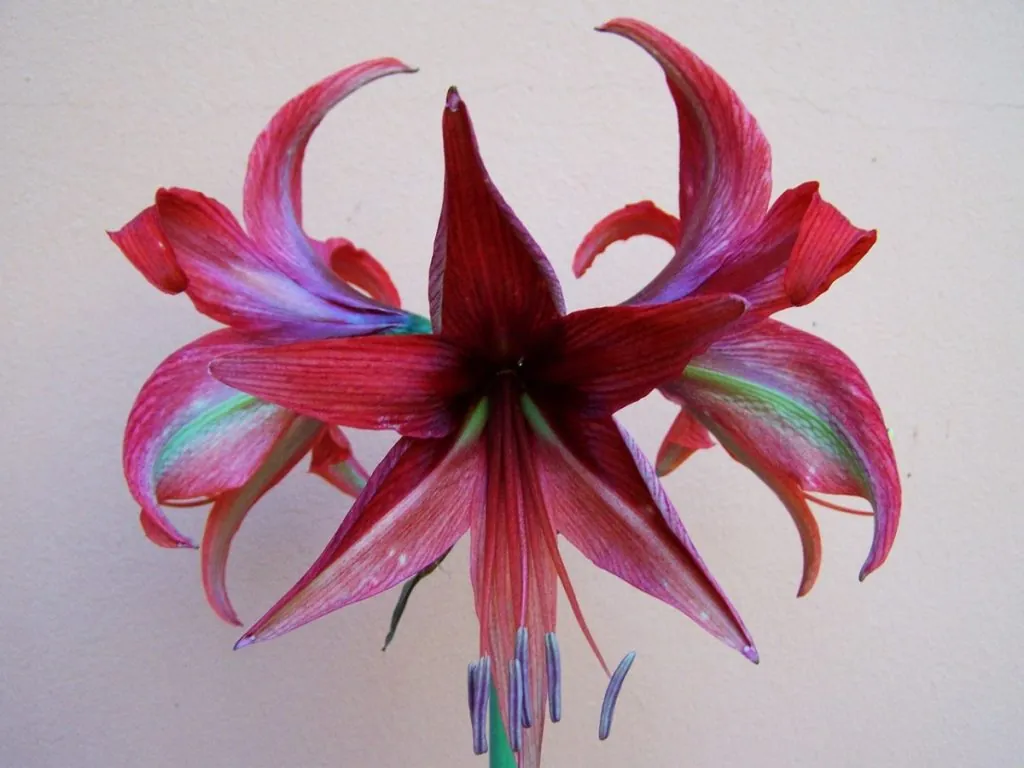
The word amaryllis itself comes from the Greek amarysso, meaning shining, colourful. Of course, there is a love story behind it, about the Sicilian shepherdess Amaryllis who goes to great lengths to capture the lazy shepherd Alteo. Amaryllis consulted Aphrodite who told her to put a golden arrow in her heart and put the bloody arrow at Alteo's house and of course a beautiful red flower grew there.
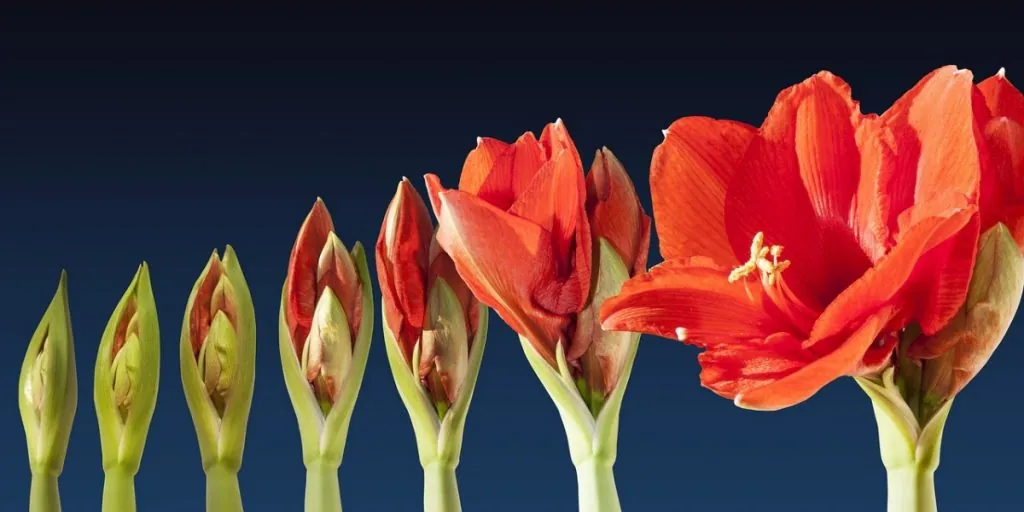
Up amaryllis ... wake up my beauty! is one of Bellman's attempts to write opera; in his text, Amaryllis was a beautiful woman in the 18th century. It was also during that century that the onion plant was introduced to Europe. Amaryllis symbolises determination, rebirth and love.
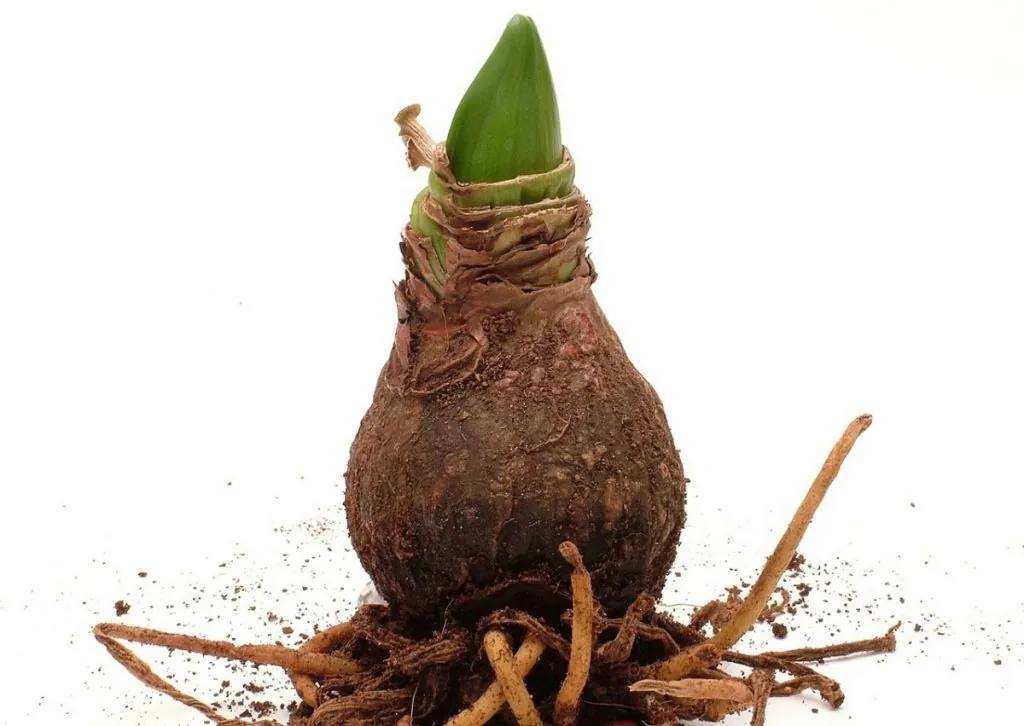
What about everything else in the Christmas groups? Green plants, broad-leaved plants and small conifers are great for replanting in your own pots, recycling is in so save the decorations and bowls too! Kalanchoe/autumn glow can certainly be saved, but perhaps not worth the effort, new flowers take a long time.
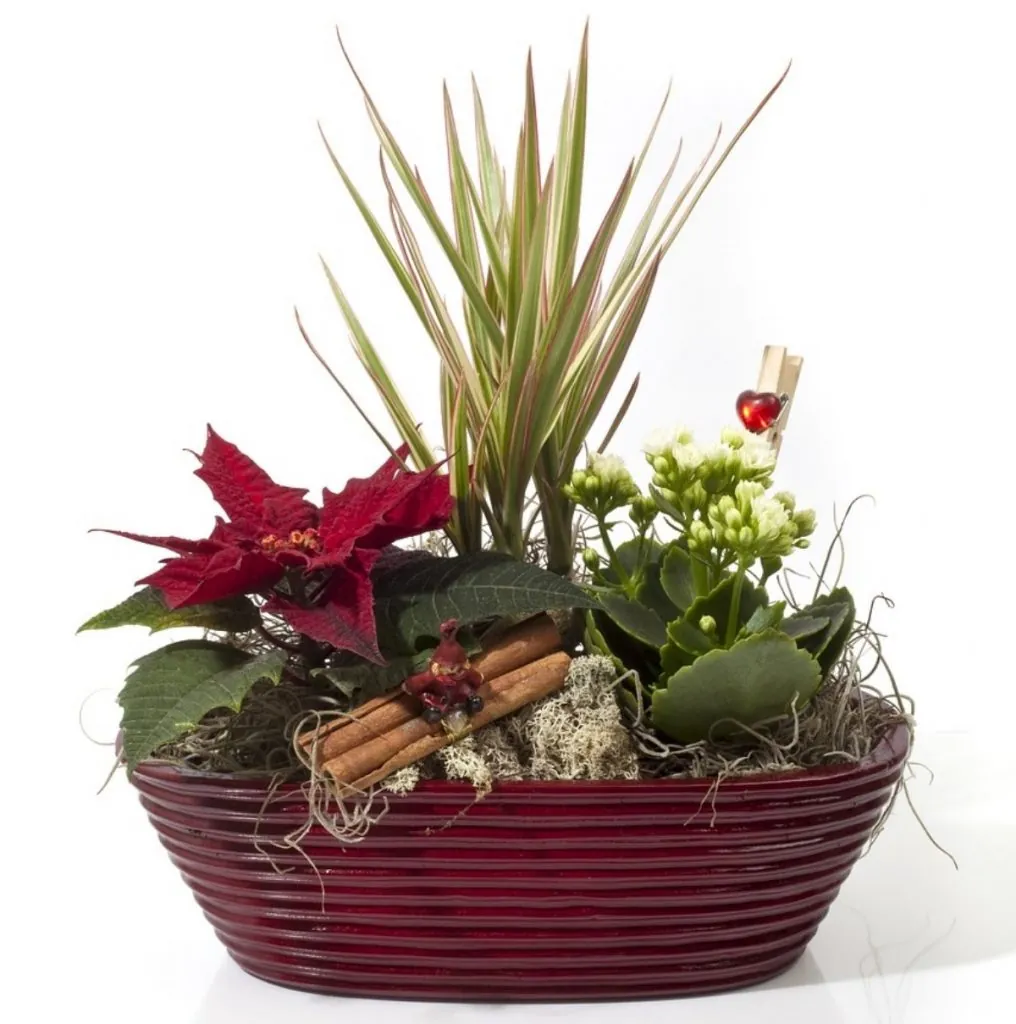
So there is life after Christmas for our beloved Christmas flowers.
Photos: The top photo and the photo from the family album are Anna's private ones. The other photos of flowers come from the Pixabay image bank.


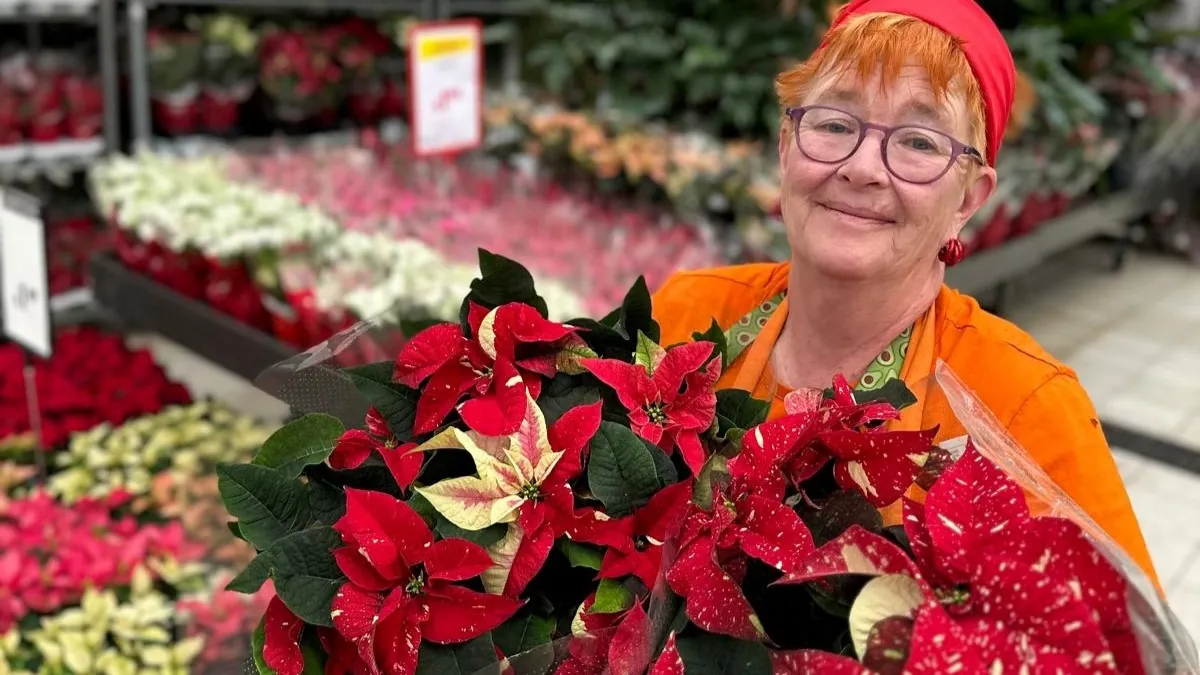









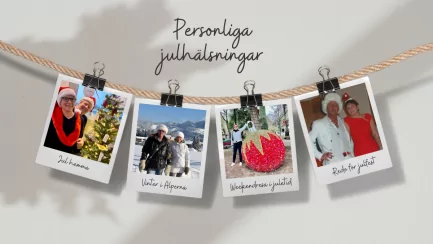
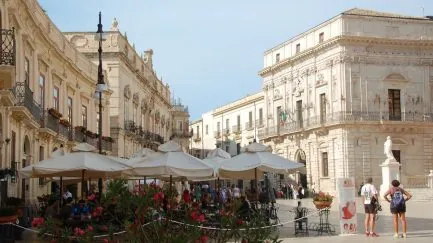






Solan says:
Interesting about flowers. We were given an amaryllis by a motorhome company! Which grew into a giant! Nine flowers on two stems! This morning one had given up and fallen off from the weight. Now it stands together with lilac sprigs in a vase... Good continuation to both you and Freedom. ⭐
01 January 2025 - 9:48
BP says:
Poinsettias and I don't mix. They are really delicate, the exact opposite of me. After all the years they died after max. one week, I refrained from buying one this time. I didn't buy any hyacinths or amaryllis either. I stuck to LED lighting to "lighten up" everyday life. A wise decision, because it did not die but is still alive;-)
Wishing you a very Happy New (Travel) Year!
01 January 2025 - 15:51
Enna says:
All these flowers are so pretty! Happy new year 🙂
01 January 2025 - 19:43
The Adventure of the Future says:
I read a little extra about the poinsettia... it's delicate. Here in Madeira it is often found as large tall trees and is called in Portuguese Amanhã de Pascóa... Easter morning. Strangely enough though, Estrela de Natal has also crept in as a name for the poinsettia. A very popular Christmas flower here. So are the hyacinths and the amaryllis.
Happy New Year!
01 January 2025 - 21:02